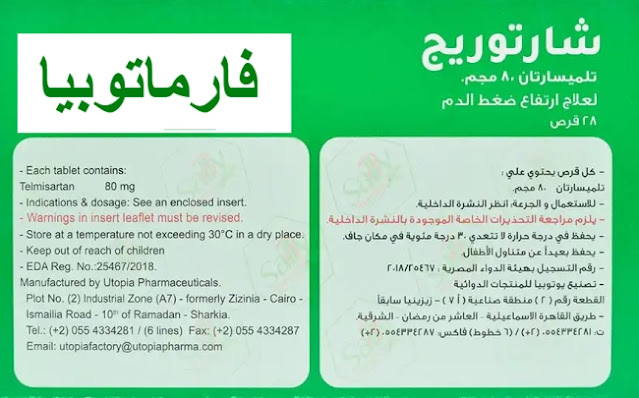Understanding EPIMAG: Uses, Precautions, and More
EPIMAG is an effervescent powder used for specific medical purposes. This post provides a comprehensive overview of EPIMAG, based on the information from its patient information leaflet, so you are fully informed about its uses, precautions, dosage, and potential side effects.
Composition
Each 5 gm sachet contains: Magnesium citrate 2.125 g.
Properties
Magnesium ions inhibit formation of calcium oxalate crystals by combination with exogenous dietatric oxalate thus preventing formation of renal crystalluria. The citrate ions render urine alkaline so that urates may dissolve and are easily eliminated. Also, citrate ions, by chelating calcium ions, inhibit formation of calcium oxalate. Therefore, magnesium citrate may be prescribed to prevent recurrence of calcium oxalate kidney stones. Magnesium citrate is an osmotic laxative.
Pharmacokinetics
Oral magnesium salts, including citrate, are generally very slowly absorbed from the gastrointestinal tract. They are excreted rapidly in the urine (absorbed fraction) and the faeces (unabsorbed fraction).
Indications
- Cases of oxaluria. \[ the presence of excessive amounts of oxalate in the urine]
- Mild laxative to relieve constipation.
Dosage and Administration
The contents of one sachet are to be dissolved in half glass of water and given 3 times daily or as directed by the physician.
Drug Interactions
Magnesium citrate, and other magnesium salts, may interact with many other drugs both by alterations in gastric pH and emptying, and by formation of complexes that are not absorbed. Generally, magnesium salts may impair absorption of many other drugs. Administration should be separated by a number of hours. The following drug classes may interact with magnesium:
- Aminoquinolones (e.g. chloroquine).
- Fluoroquinolones (e.g. ciprofloxacin).
- Nitrofurantoin.
- Penicillamine, and tetracyclines.
Precautions
Oral magnesium salts, including magnesium citrate, should be used cautiously in:
- Patients with impaired renal function. \[ reduced ability of the kidneys to filter waste products from the blood]
- Patients with rectal bleeding.
- Pregnancy and lactation.
Contra-indications
- Abdominal pain, nausea, vomiting, and other symptoms of appendicitis. \[ inflammation of the appendix]
- Abdominal surgery.
- Intestinal obstruction or perforation. \[ blockage or a hole in the intestines]
- Rectal fissures. \[ small tears in the lining of the anus]
Side Effects
- Gastrointestinal irritation, abdominal cramping, nausea, diarrhea, and laxative dependence with long-term or excessive use. \[ irritation of the digestive system and its associated symptoms]
- Fluid and electrolyte disturbances.
Packaging
EPIMAG Effervescent Powder: Boxes of 10 or 12 sachets of 5 g each.
This is a Medicament
•Medicament is a product which affects your health, and its consumption contrary to instructions is dangerous for you.
•Follow strictly the doctor's prescription, the method of use, and the instructions of the pharmacist who sold the medicament.
•The doctor and the pharmacist are experts in medicine, its benefits and risks.
•Do not by yourself interrupt the period of treatment prescribed.
•Do not repeat the same prescription without consulting your doctor.
•Keep all medicines out of reach of children.
Manufactured by EIPICO
EGYPTIAN INT. PHARMACEUTICAL INDUSTRIES CO. TENTH OF RAMADAN CITY A. R. E.
Conclusion
This information is intended to provide a comprehensive overview of EPIMAG. Always follow your doctor's advice and the pharmacist's instructions when using this medication.
About the Author
Dr. Ahmad Baker, PharmD
He is a senior pharmacist and health educator with extensive experience in the Middle East and North Africa region. Through his writing, Dr. Ahmad aims to empower communities by providing reliable, evidence-based health information. With expertise in clinical pharmacy and regulatory affairs, he strives to offer unique insights into healthcare and simplify complex medical concepts, making them accessible to everyone.
Legal Disclaimer
The information provided in this blog is for educational purposes only and is not a substitute for professional medical advice. We do not guarantee the accuracy or completeness of information regarding medications or medical products, and official sources should be verified before making any decisions. By using this blog, you agree to assume personal responsibility for relying on the information provided.

Comments
Post a Comment